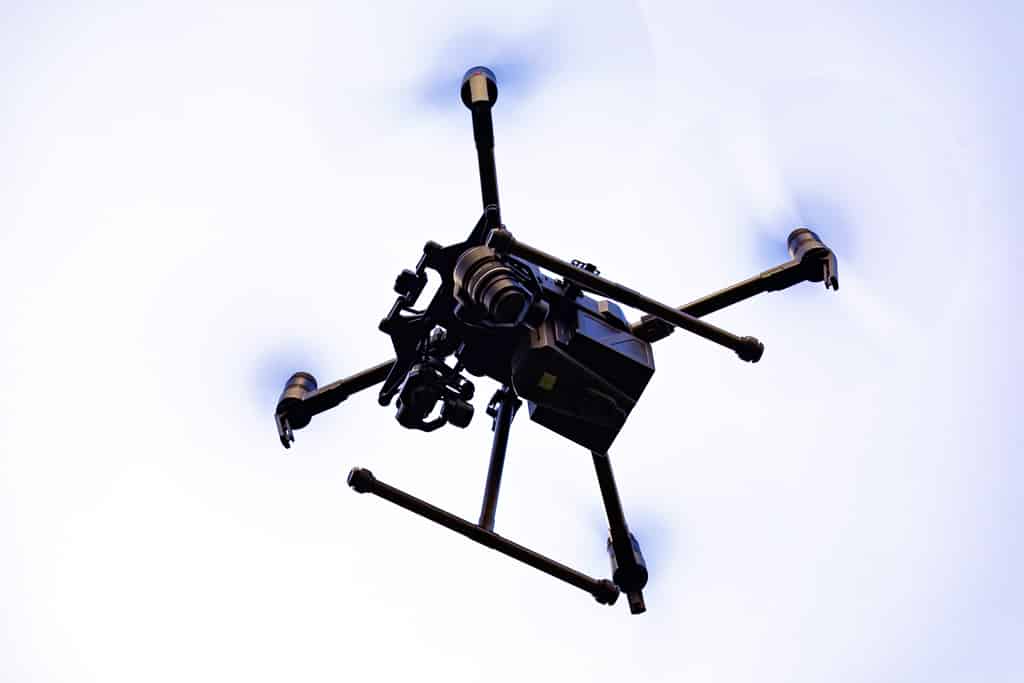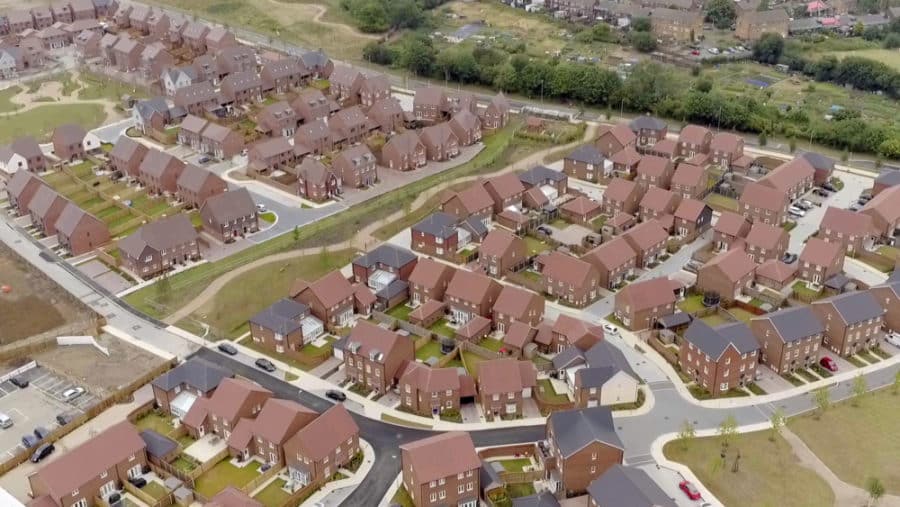
Buying a Drone for your Child this Christmas?
Despite a couple of prominent high street stores looking likely to pull out of the consumer drone market – John Lewis have already decided that they won’t be selling them any more and Jessops are looking at their future in a more general sense – it’s still likely that drones will feature a number of letters to Santa this year.
However, it’s worthwhile for parents to know that unless they are buying their kids a toy aircraft that weighs less than 250g, that there will need to be a little bit of preparation on their part before they can begin to fly them.
Children will need to be over the age of 13 to fly a drone and they will also need to pass an online theory test before they take to the skies. The good news is that the test is free and they can take it as often as they like until they achieve the pass mark of 16 out of 20 correct answers and obtain their flyer ID. This applies to anyone who will be flying the UAV.
However, a parent or carer over the age of 18 is required to register the drone and obtain an Operator ID before it can be legally flown – the Operator ID must be clearly displayed on the aircraft but you can use one ID for any aircraft that you own. The cost for this is £9 which, at the moment, will need to be annually renewed.
Neither of these processes is complicated or even particularly expensive but it would be easy to assume that the rules don’t apply to a child playing with a toy from under the Christmas tree when the reality is that, if that toy weighs over 250g, then it does. So if Santa is dropping a drone down the chimney, it’s worth asking him to give you a little heads up so you have time to prepare and enjoy all that festive fun legally.
The good news is that, with 1 in 4 drone users reporting that they have lost a drone, the CAA have also just launched a companion website that aims to reunite drones with their owners. So if it all goes wrong and you watch your drone fly off into the distance, there is at least a better chance that you’ll be able to get it back!
Expert Infrared Inspections for Accurate Thermal Assessments
Need professional thermographic analysis for your project? Our certified experts use the latest infrared technology to deliver precise results. Contact Drone Media Imaging today for expert thermal imaging services.
related posts
Solar panels have become increasingly popular, but many homeowners overlook the importance of regular maintenance. Annual thermal imaging inspections can detect potential issues and prevent costly repairs. Thermal imaging uses infrared technology to identify abnormal temperature patterns, indicating problems such as faulty wiring or damaged cells. These inspections offer early detection, enhanced performance, improved safety, and cost savings. Case studies and statistics demonstrate the benefits of thermal imaging inspections. By investing in regular inspections, homeowners can ensure the optimal performance and longevity of their solar panel systems.









